GREENVILLE, N.C. (Stacker.com) — After the completion of the 1860 census and the election of President Abraham Lincoln, America imploded.
Eleven southern states seceded from the Union in 1861, instigating four bloody years of the Civil War and fundamentally altering the social history of the U.S. The estimates of deaths caused by the Civil War begin around 600,000, but some claim as many as 750,000 individuals died throughout the conflict.
With so many families looking for a new start after combat finally ended and approximately 4 million Black Americans emancipated from slavery, it was time for many Americans to look for a new home to put down roots. The obvious choice for many was to move west, where there was more land to buy, settle, and cultivate. Many traveled by covered wagon, spending months on the dusty trail. Others who could afford better accommodations took a 25-day ride by stagecoach. All of them picked new cities and towns to make their homes, spreading the U.S. population more evenly across different states and territories.
On May 10, 1869, the first transcontinental railroad route across the United States was completed, ushering in a new era of transportation. The project was completed ahead of schedule and under budget, though with the loss of many lives, including those of the many Irish and Chinese immigrants hired to work 12-hour days in the hot western sun. Riding by steam engine, passengers could cross the entire country in four days, enabling waves of Americans and immigrants to quickly occupy land that would otherwise take months to settle.
The years of Civil War reconstruction, coupled with wagon, stagecoach, and railroad passengers finding new lives across the U.S., made the urban development reflected in the 1870 census incredibly interesting. Stacker compiled a list of the biggest cities in North Carolina from 150 years ago using data from the U.S. Census Bureau. By transcribing Table XXV of the Ninth Census of the U.S., which was previously only available as a PDF, it’s easy to explore what the urban landscape looked like less than a decade after the end of the Civil War as America healed and grew.
The largest city in North Carolina ranked #116 among all cities nationwide in 1870. Keep reading to find out more about the historic metropolitan landscape in your home state or check out the data on your own on our site, GitHub, or data.world.
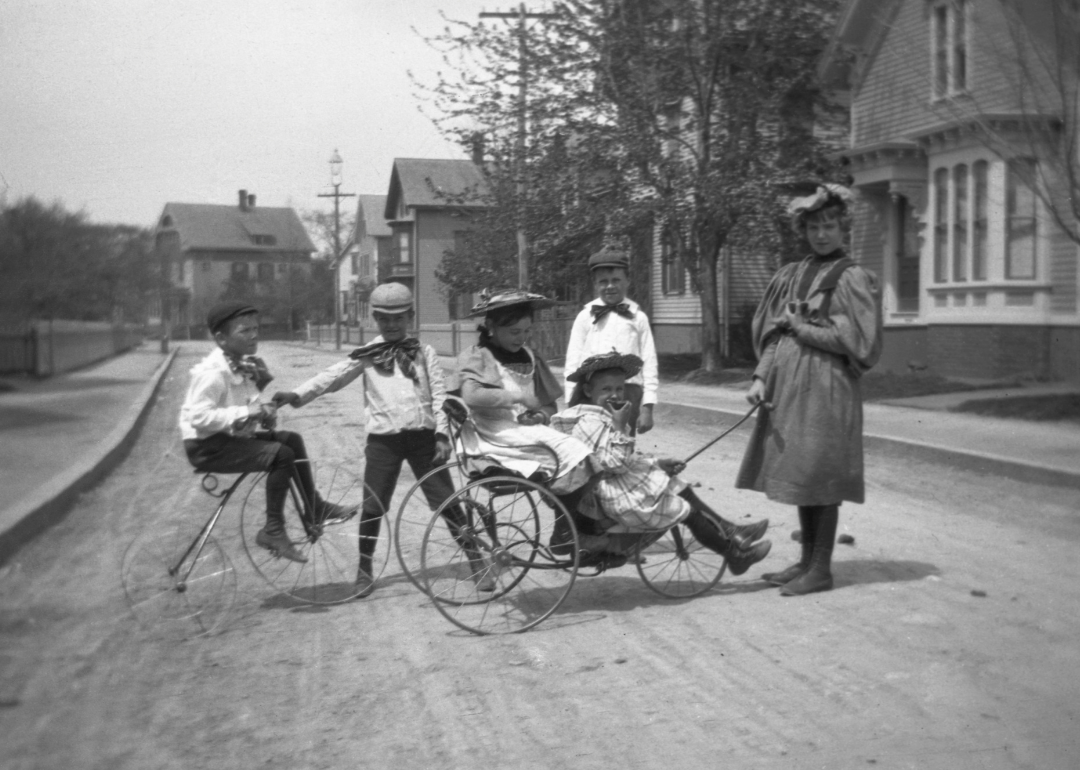
1 / 23The Montifraulo Collection // Getty Images
#23. Brassfield’s No. 11, Granville County
– Total population: 3,015 (#1,472 nationwide)
— Male population: 1,434
— Female population: 1,581
— Child population, ages 5-18: 1,043
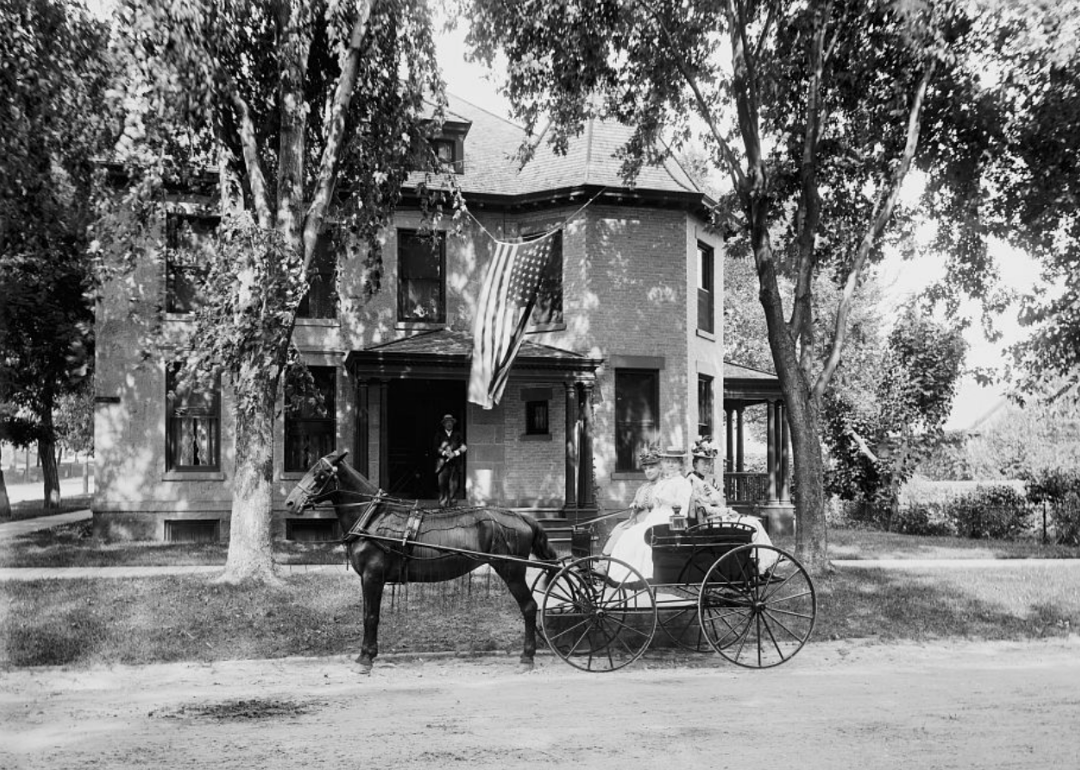
2 / 23Detroit Publishing Company // Library of Congress
#22. Henderson, No. 6, Granville County
– Total population: 3,033 (#1,451 nationwide)
— Male population: 1,464
— Female population: 1,569
— Child population, ages 5-18: 985
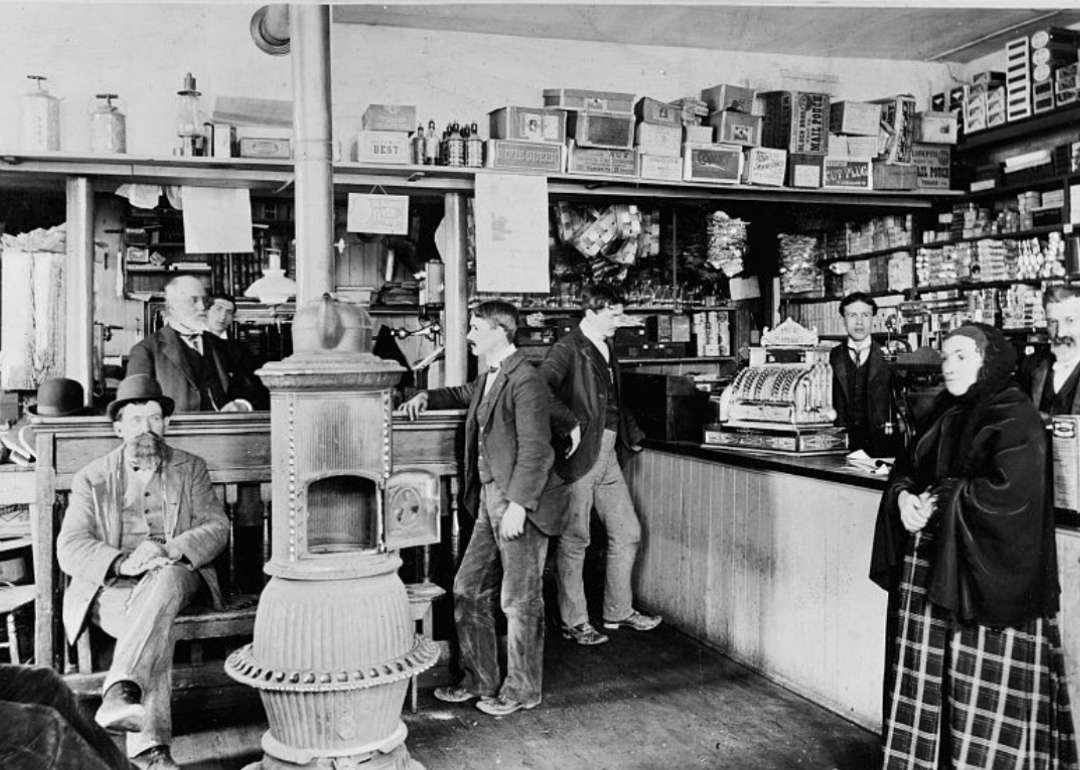
3 / 23Detroit Publishing Company // Library of Congress
#21. Tarboro, No. 1, Edgecombe County
– Total population: 3,102 (#1,370 nationwide)
— Male population: 1,547
— Female population: 1,555
— Child population, ages 5-18: 868
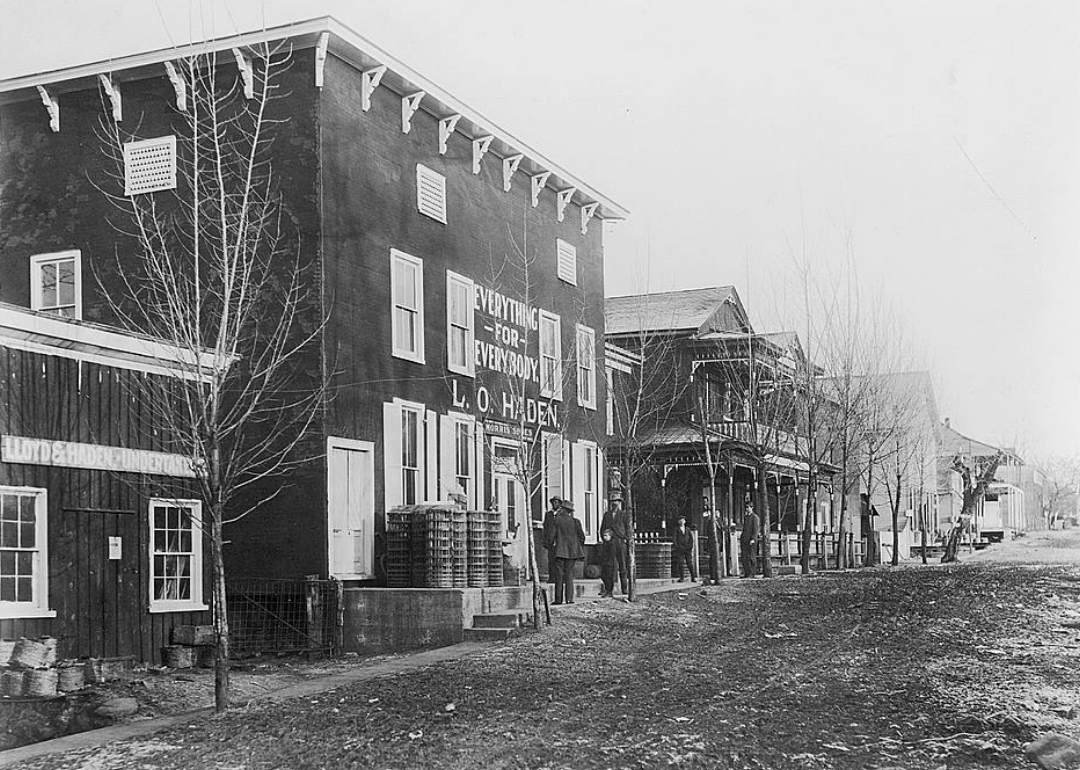
4 / 23Library of Congress
#20. Rich Square, No. 10, Northampton County
– Total population: 3,133 (#1,346 nationwide)
— Male population: 1,564
— Female population: 1,569
— Child population, ages 5-18: 1,079
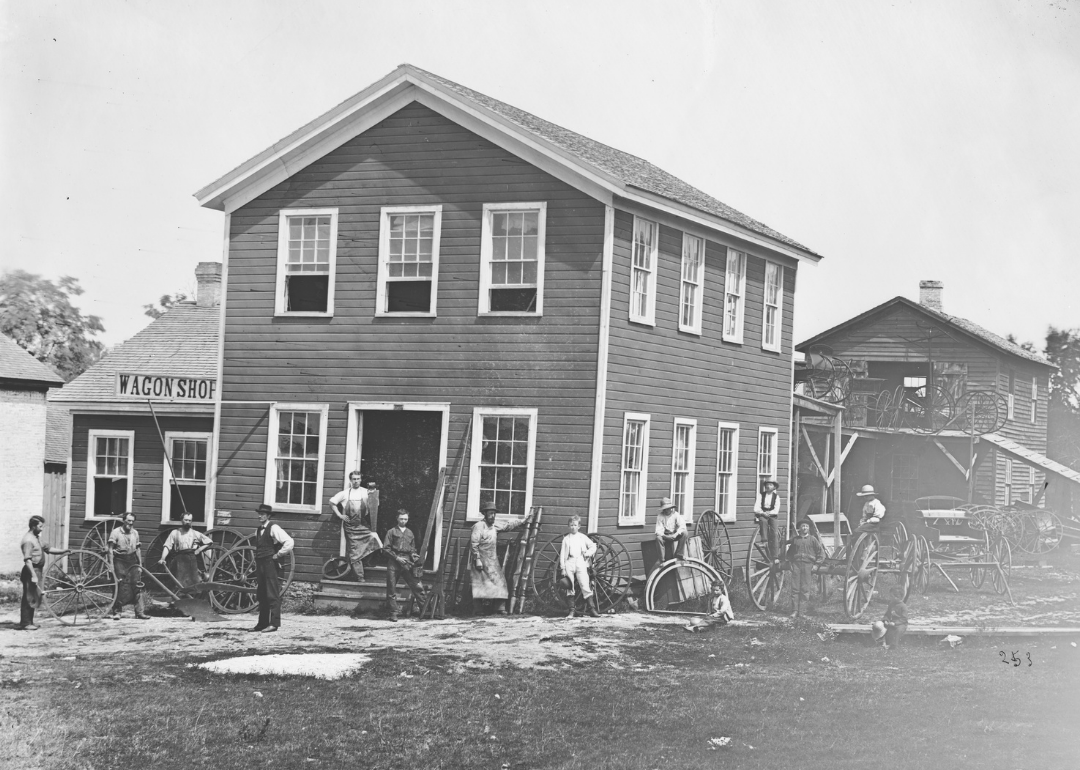
5 / 23Andreas Larsen Dahl/Wisconsin Historical Society // Getty Images
#19. Wake Forest, No. 5, Wake County
– Total population: 3,135 (#1,342 nationwide)
— Male population: 1,607
— Female population: 1,528
— Child population, ages 5-18: 974
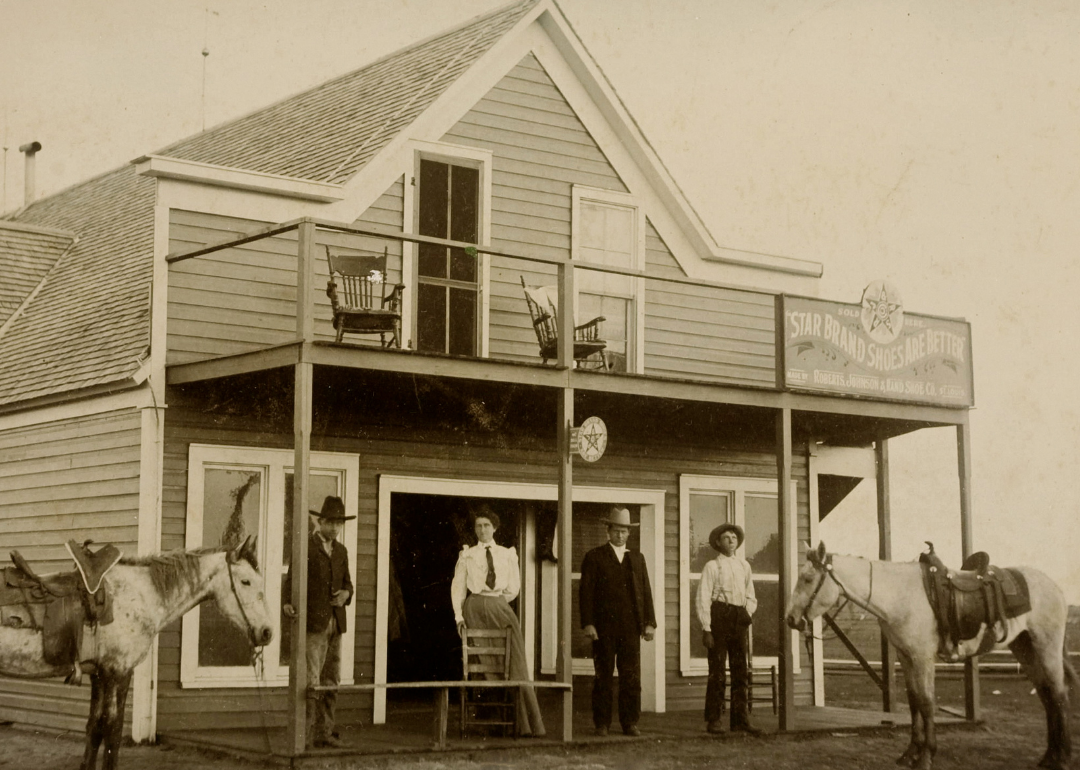
6 / 23Carson Brothers/Buyenlarge // Getty Images
#18. Williamston, No. 2, Martin County
– Total population: 3,160 (#1,319 nationwide)
— Male population: 1,507
— Female population: 1,653
— Child population, ages 5-18: 1,034
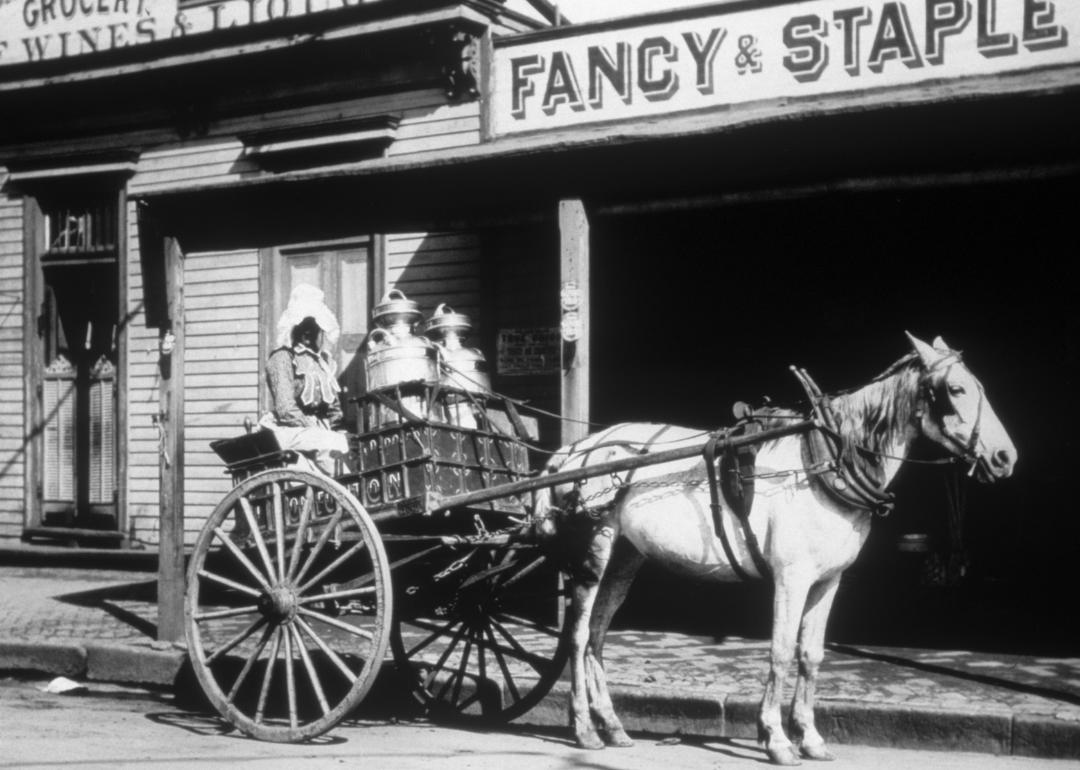
7 / 23Camerique/ClassicStock // Getty Images
#17. Wilson, No. 1, Wilson County
– Total population: 3,170 (#1,316 nationwide)
— Male population: 1,506
— Female population: 1,664
— Child population, ages 5-18: 1,050
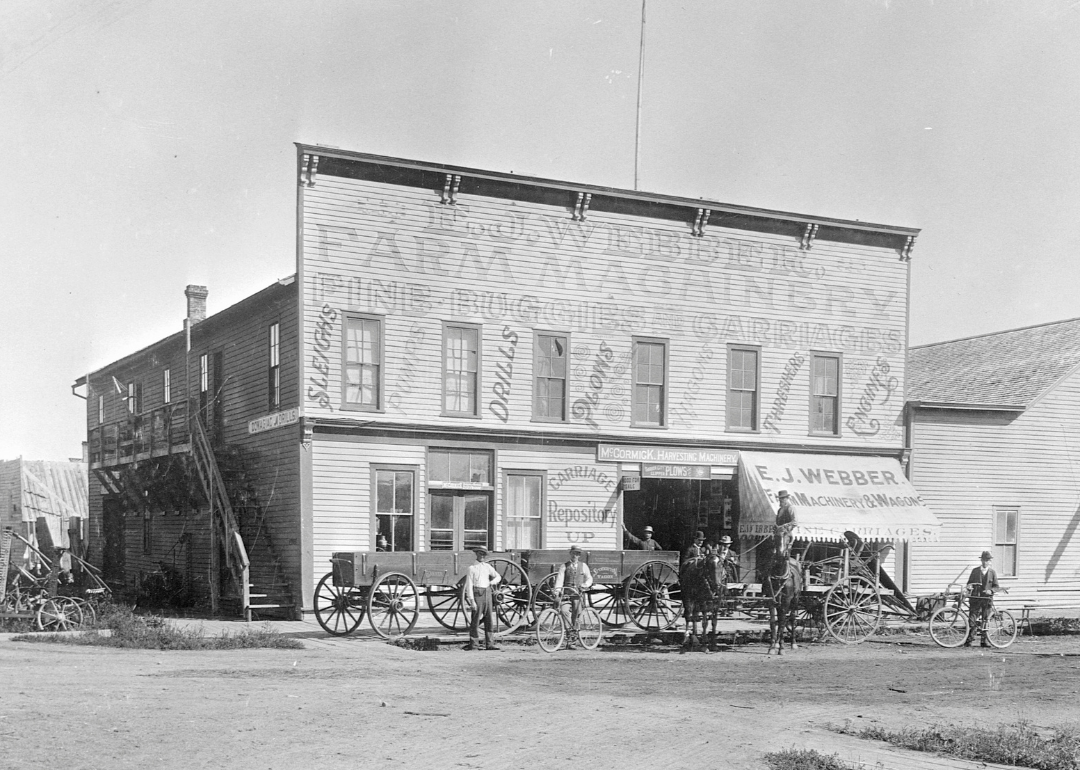
8 / 23Minnesota Historical Society/Corbis via Getty Images
#16. Washington, No.1, Beaufort County
– Total population: 3,304 (#1,219 nationwide)
— Male population: 1,583
— Female population: 1,721
— Child population, ages 5-18: 1,006
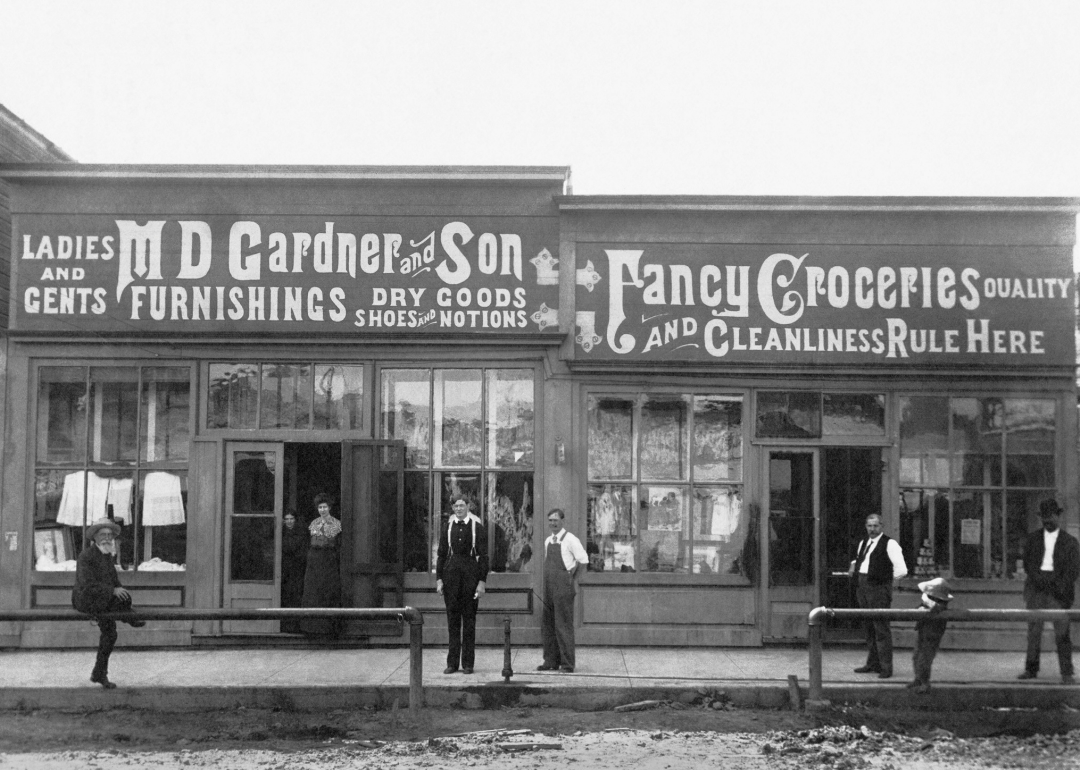
9 / 23Underwood Archives // Getty Images
#15. DSalisbury, No. 1, Rowan County
– Total population: 3,327 (#1,203 nationwide)
— Male population: 1,528
— Female population: 1,799
— Child population, ages 5-18: 1,084
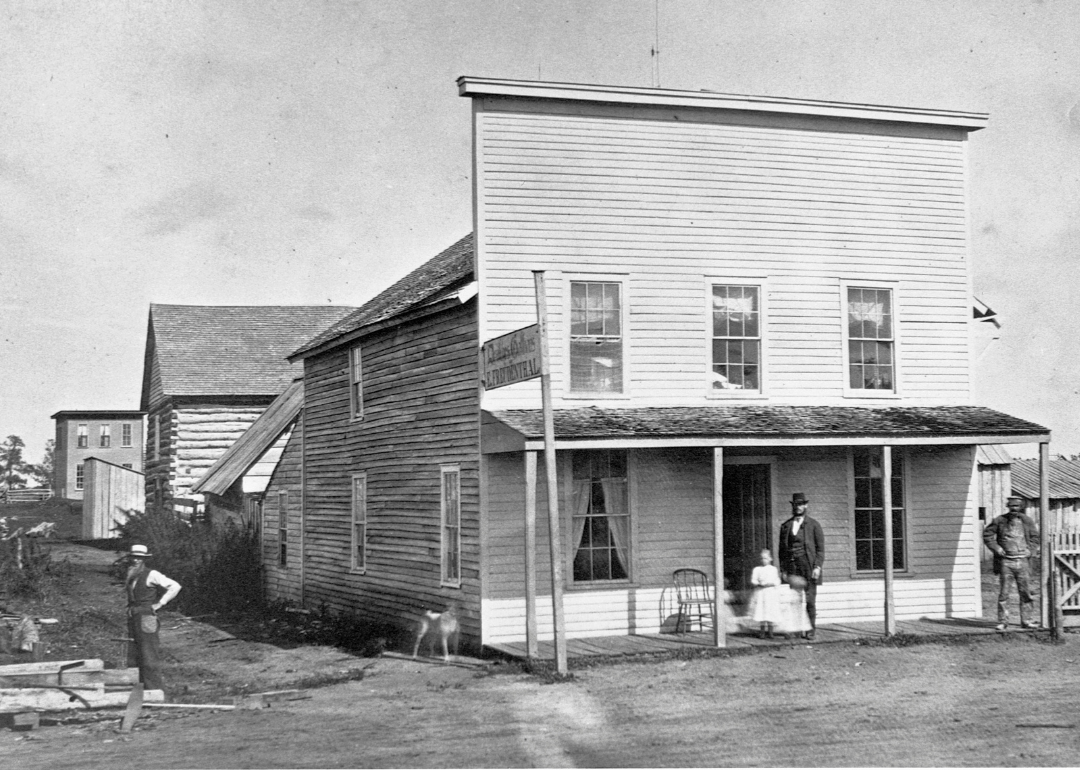
10 / 23Minnesota Historical Society/Corbis via Getty Images
#14. Mayo, Rockingham County
– Total population: 3,539 (#1,046 nationwide)
— Male population: 1,717
— Female population: 1,822
— Child population, ages 5-18: 1,246
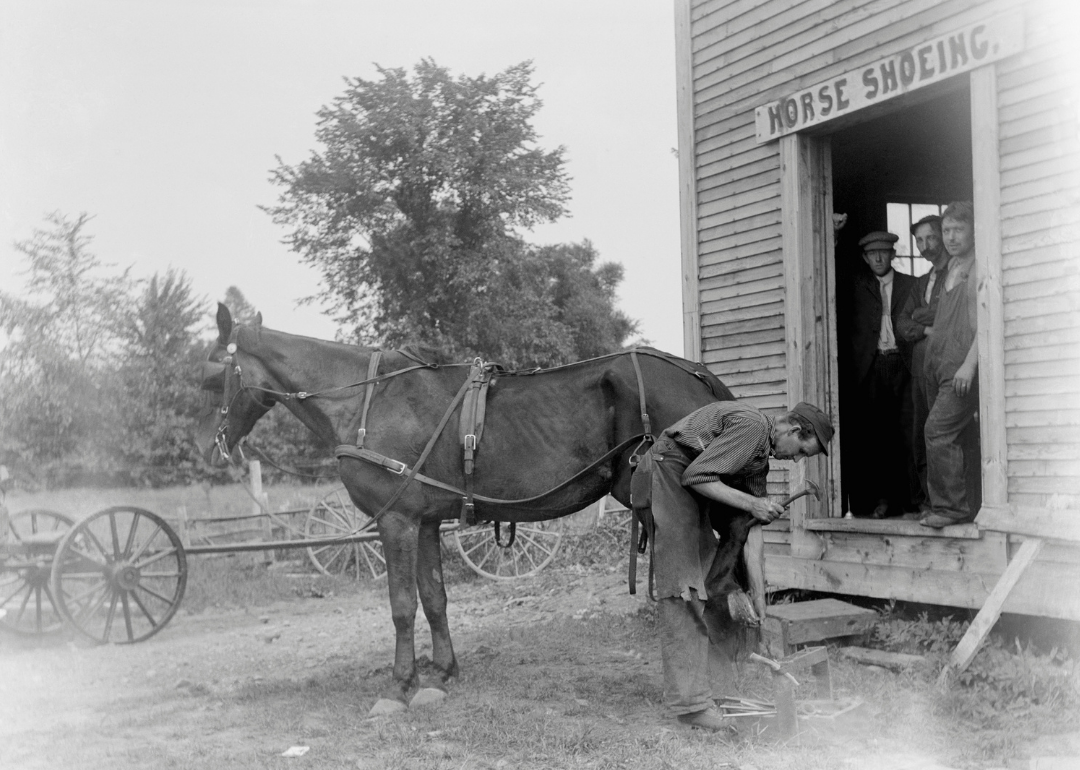
11 / 23Alexander Alland, Sr./Corbis via Getty Images
#13. Hillsboro, No. 1, Orange County
– Total population: 3,624 (#993 nationwide)
— Male population: 1,637
— Female population: 1,987
— Child population, ages 5-18: 1,216
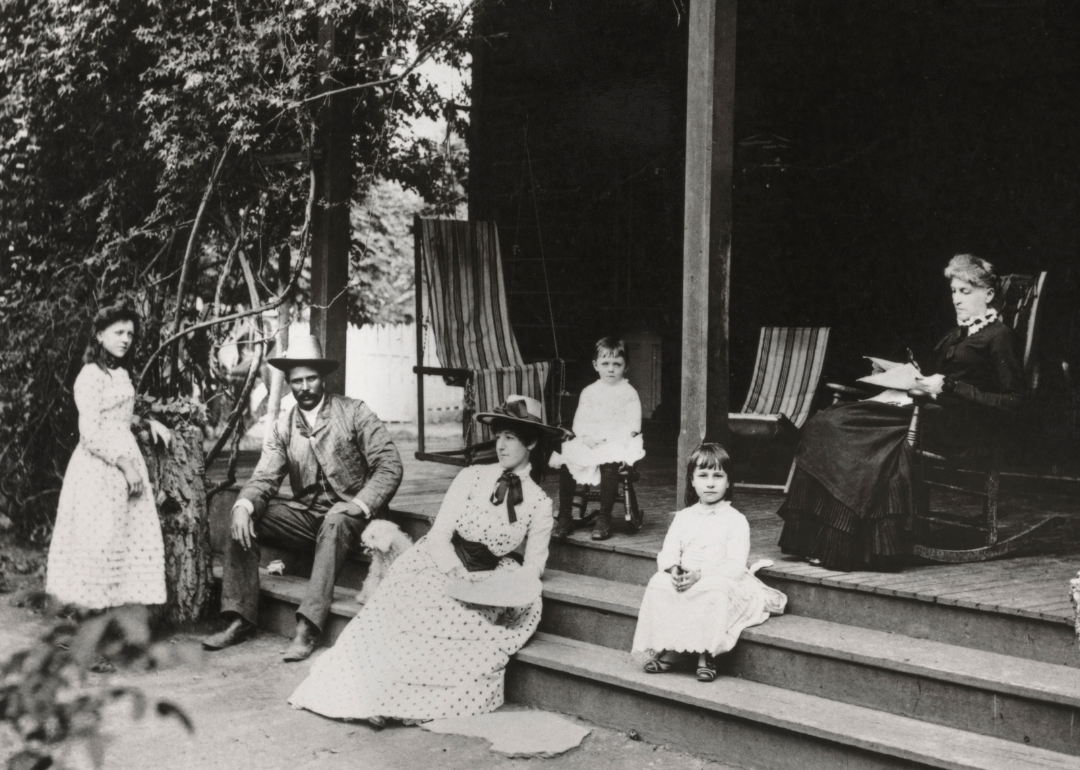
12 / 23Carleton E. Watkins/Bettmann Archive via Getty Images
#12. California, No. 2, Pitt County
– Total population: 3,626 (#990 nationwide)
— Male population: 1,838
— Female population: 1,788
— Child population, ages 5-18: 1,143
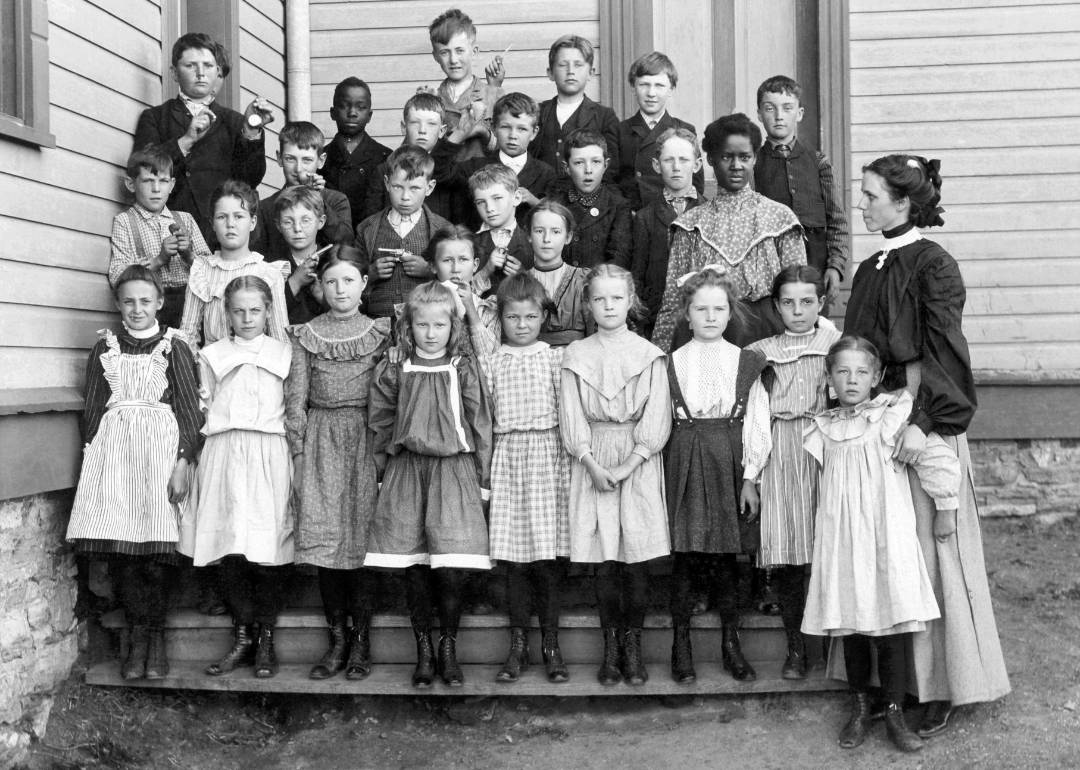
13 / 23Underwood Archives // Getty Images
#11. Edenton or Lower, No.1, Chowan County
– Total population: 3,664 (#963 nationwide)
— Male population: 1,756
— Female population: 1,908
— Child population, ages 5-18: 1,132
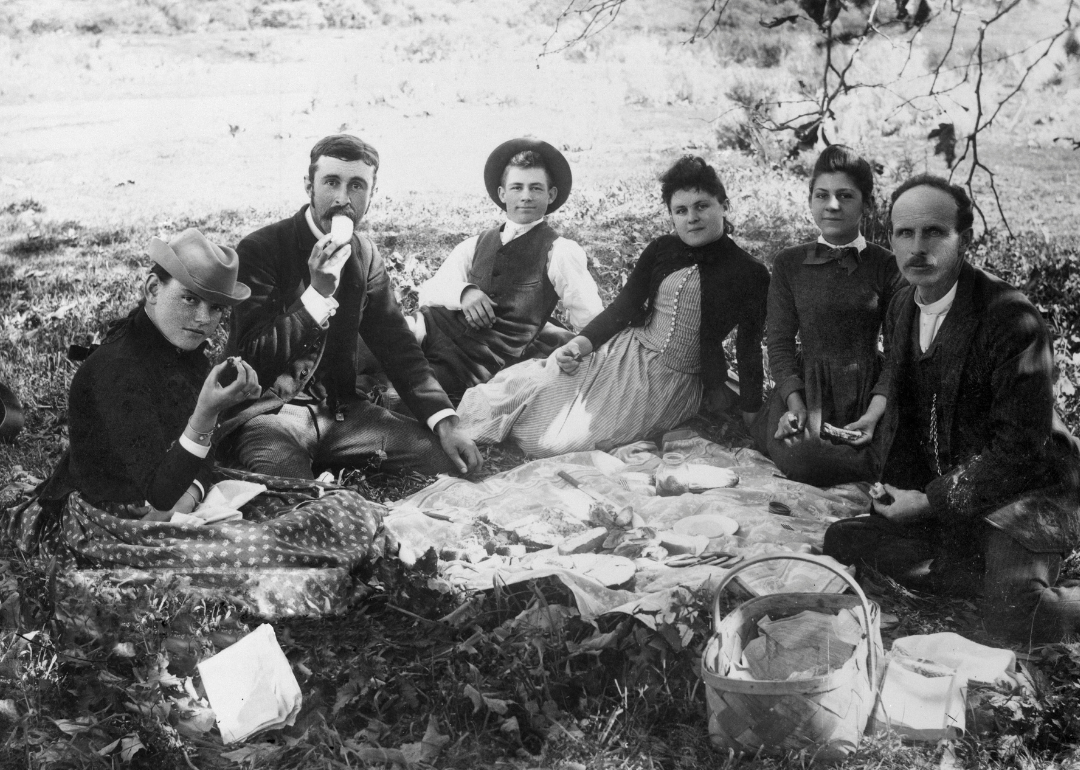
14 / 23Camerique/ClassicStock // Getty Images
#10. Windsor, No. 1, Bertie County
– Total population: 3,732 (#912 nationwide)
— Male population: 1,797
— Female population: 1,935
— Child population, ages 5-18: 1,208
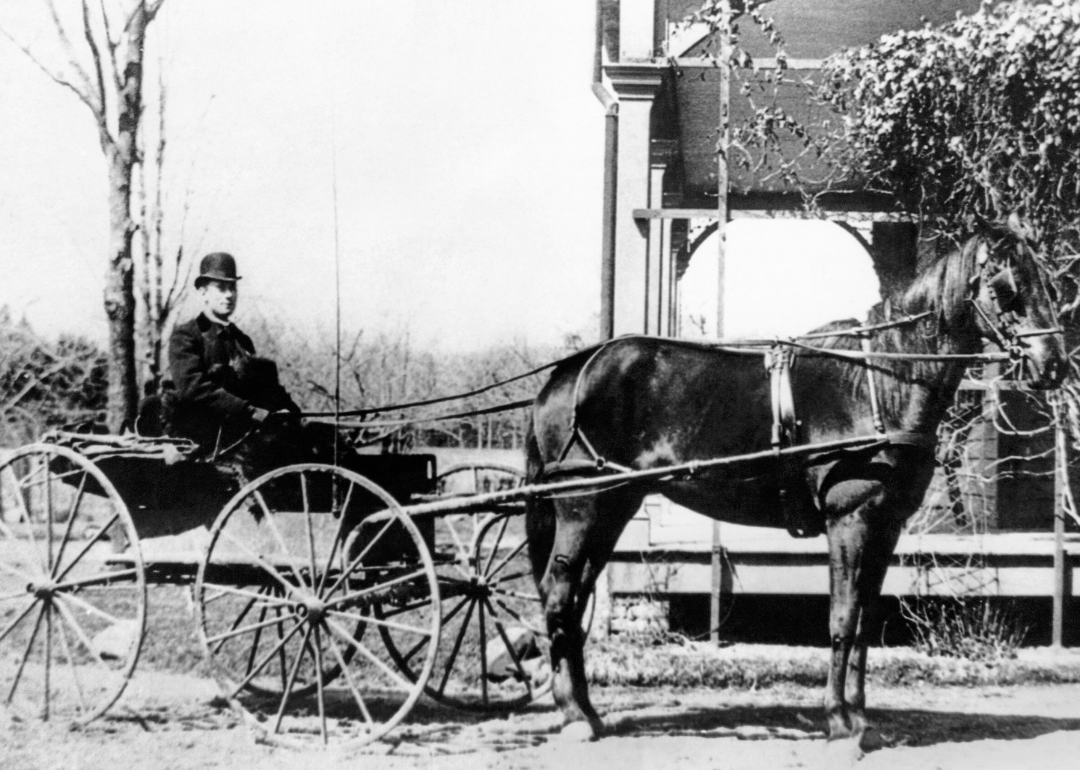
15 / 23Underwood Archives // Getty Images
#9. Greenville, No. 1, Pitt County
– Total population: 3,838 (#874 nationwide)
— Male population: 1,856
— Female population: 1,982
— Child population, ages 5-18: 1,216
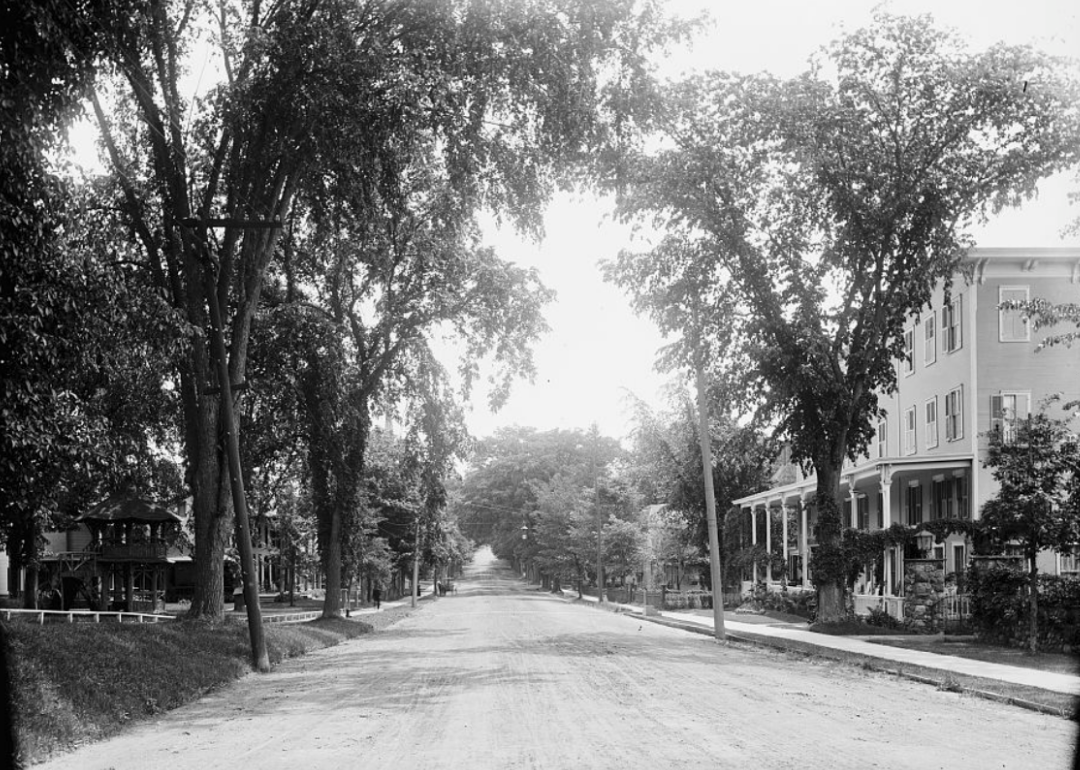
16 / 23Detroit Publishing Company // Library of Congress
#8. Hamilton, No. 3, Martin County
– Total population: 3,957 (#834 nationwide)
— Male population: 2,040
— Female population: 1,917
— Child population, ages 5-18: 1,293
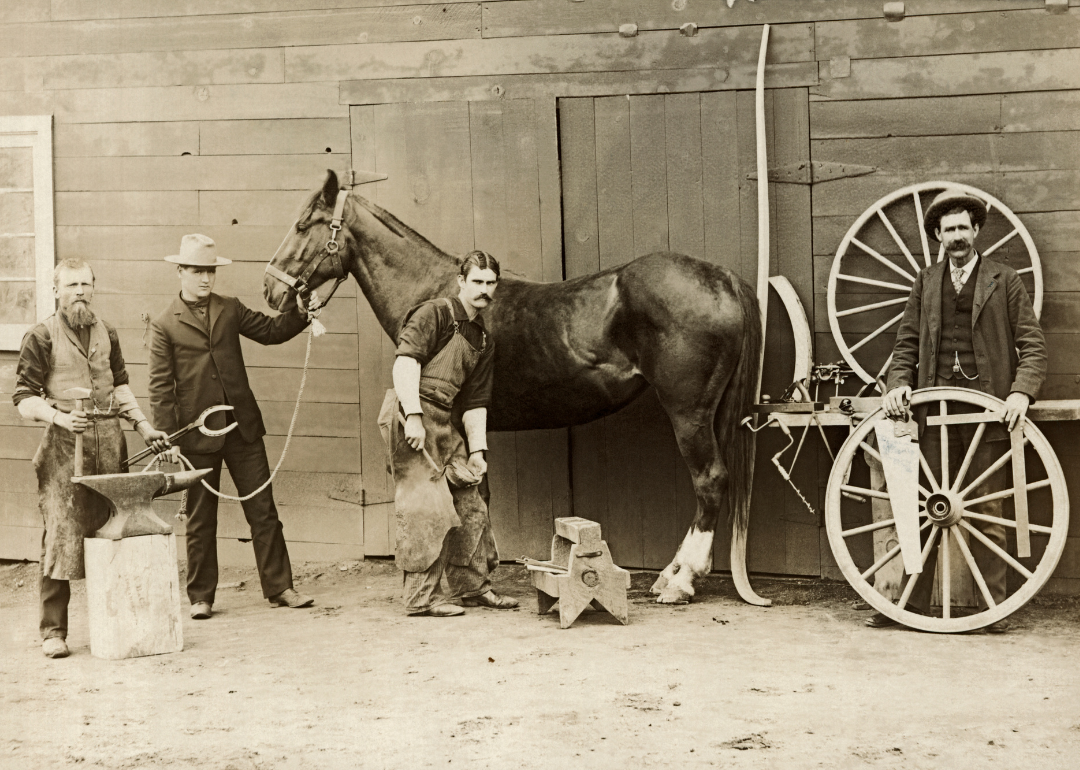
17 / 23Underwood Archives // Getty Images
#7. Dallas, No. 2, Gaston County
– Total population: 4,006 (#810 nationwide)
— Male population: 1,875
— Female population: 2,131
— Child population, ages 5-18: 1,334
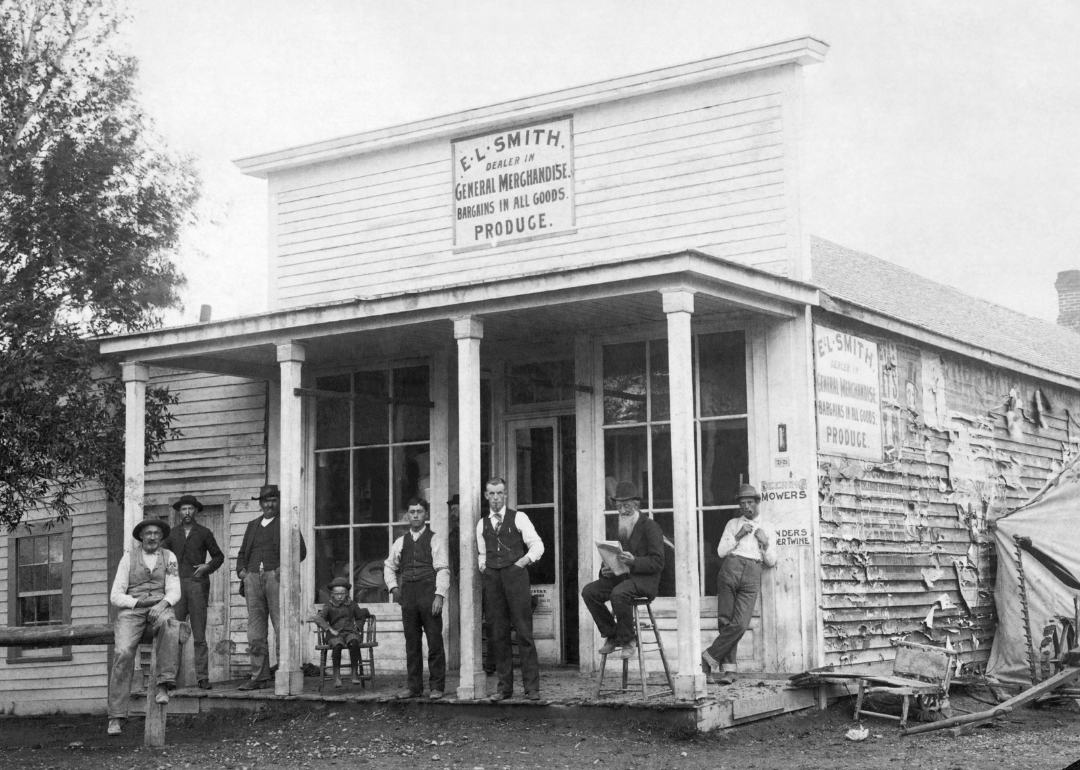
18 / 23Underwood Archives // Getty Images
#6. Charlotte, Mechlenburg County
– Total population: 4,473 (#655 nationwide)
— Male population: 2,059
— Female population: 2,414
— Child population, ages 5-18: 1,320
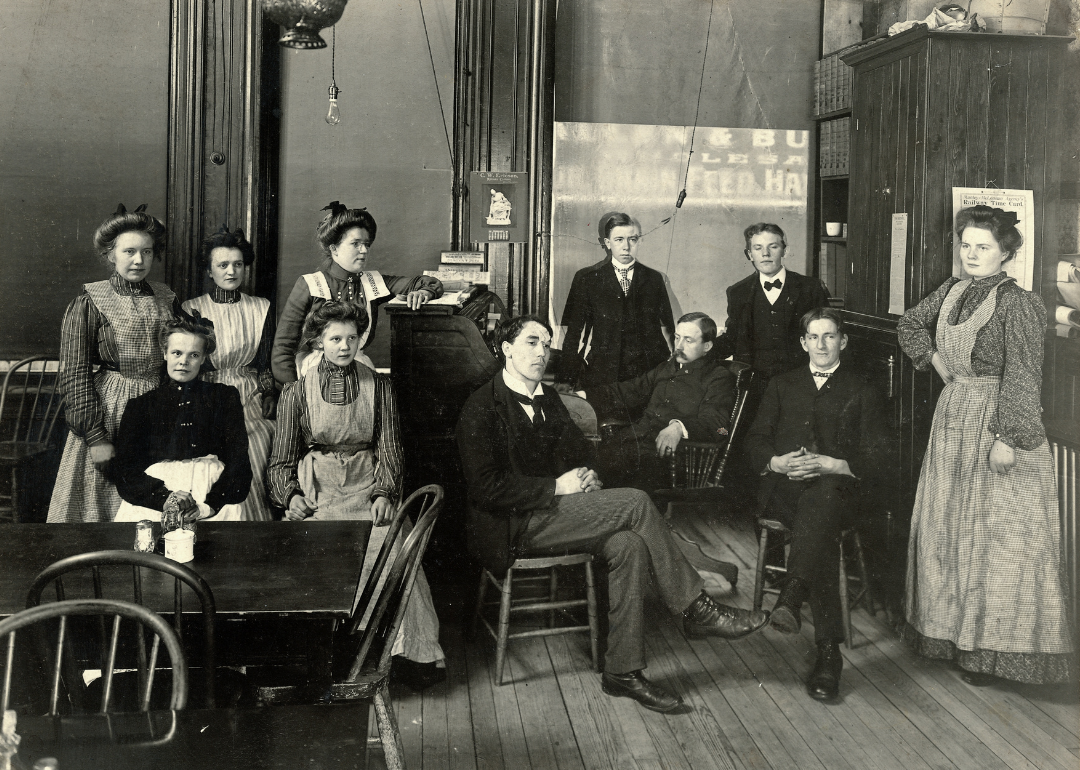
19 / 23Bettmann // Getty Images
#5. Kinston, No. 1, Lenoir County
– Total population: 4,604 (#612 nationwide)
— Male population: 2,195
— Female population: 2,409
— Child population, ages 5-18: 1,425
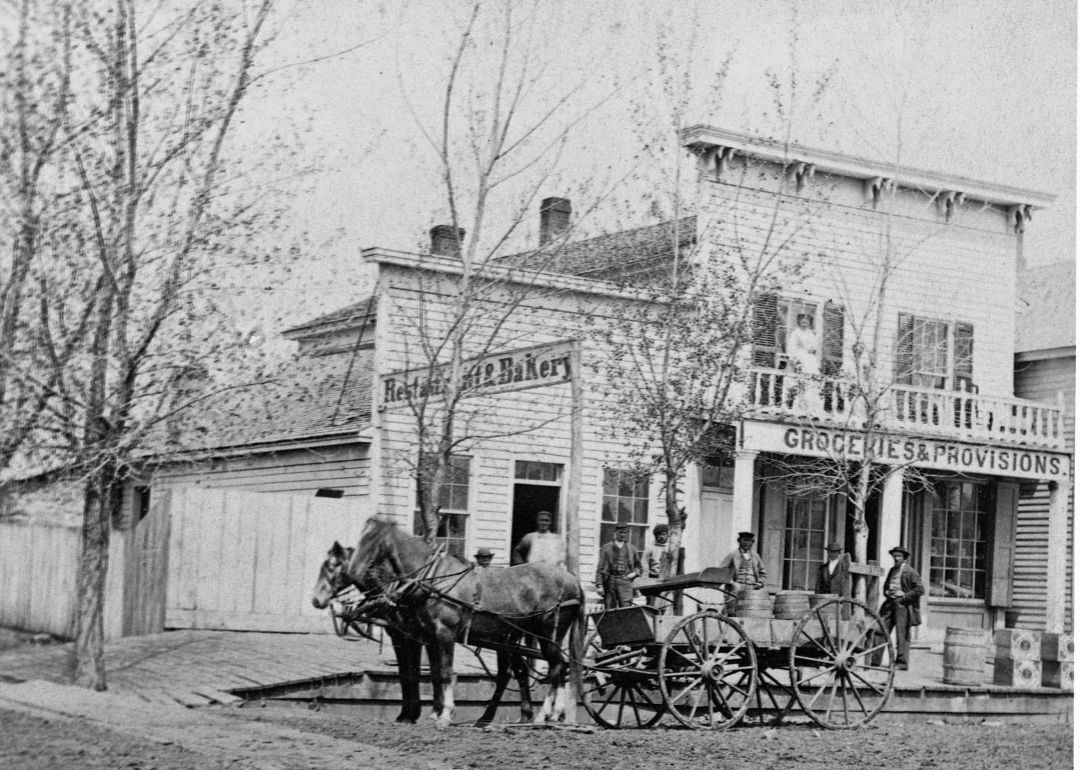
20 / 23Minnesota Historical Society/Corbis via Getty Images
#4. Fayetteville, Cumberland County
– Total population: 4,660 (#597 nationwide)
— Male population: 2,125
— Female population: 2,535
— Child population, ages 5-18: 1,442
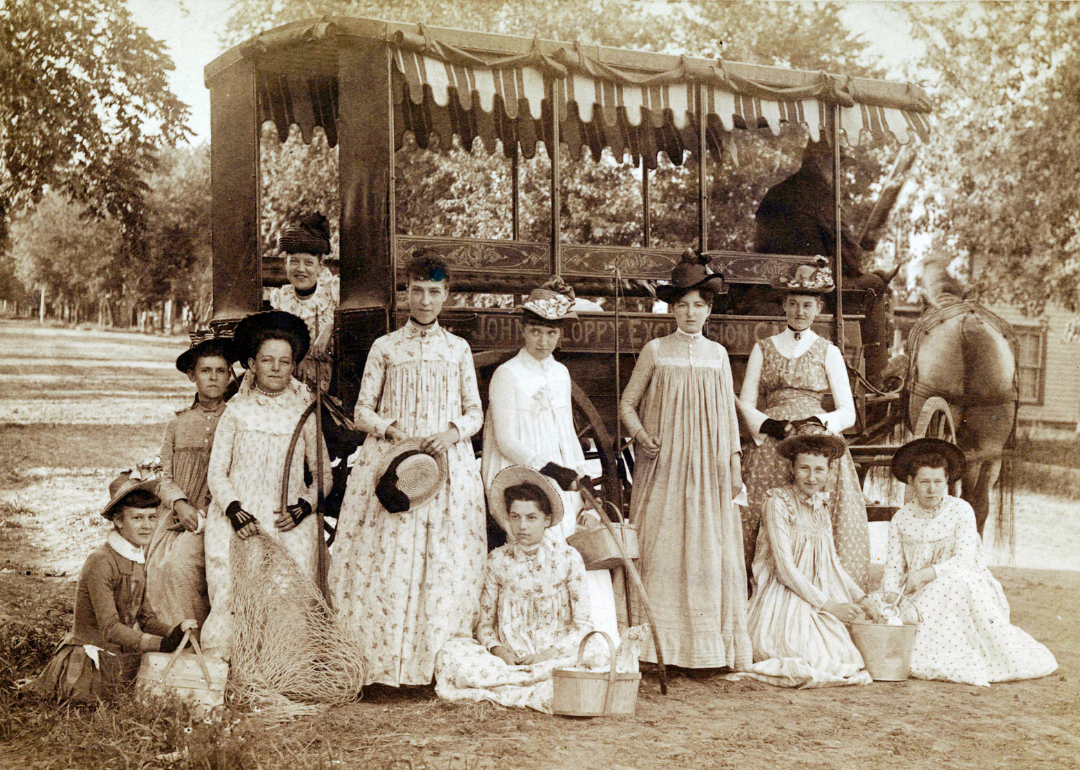
21 / 23Transcendental Graphics // Getty Images
#3. New Berne, Craven County
– Total population: 5,849 (#394 nationwide)
— Male population: 2,533
— Female population: 3,316
— Child population, ages 5-18: 1,576
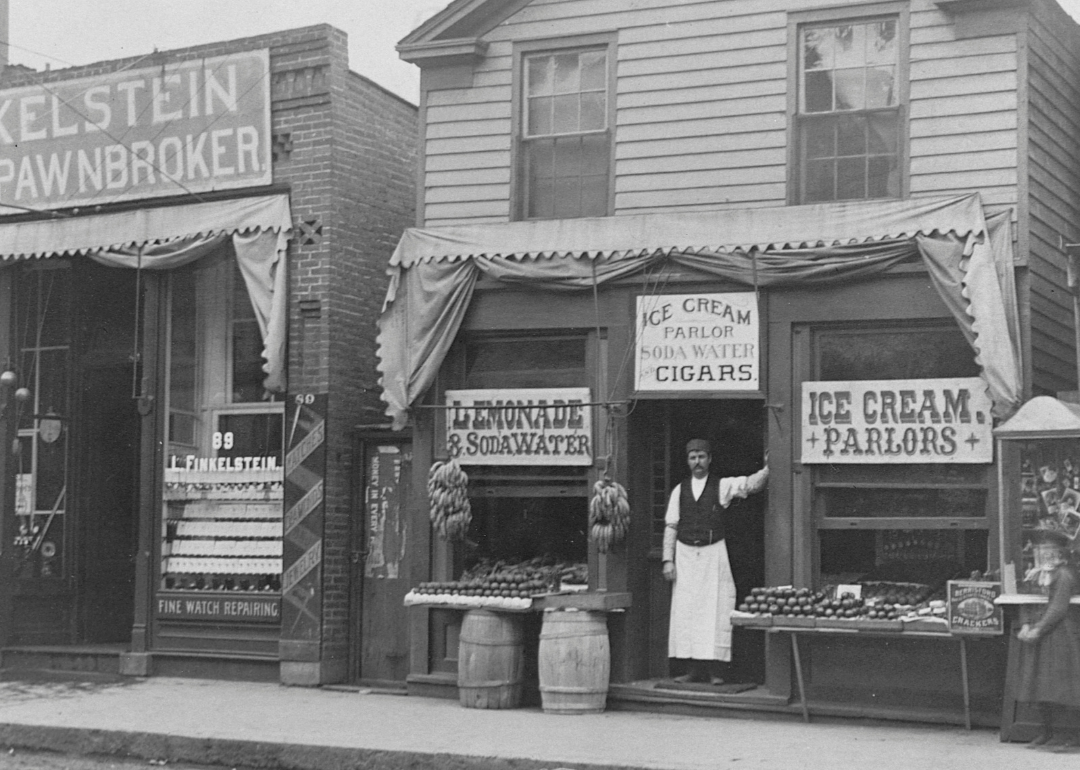
22 / 23Minnesota Historical Society/Corbis via Getty Images
#2. Raleigh, Wake County
– Total population: 7,790 (#261 nationwide)
— Male population: 3,625
— Female population: 4,165
— Child population, ages 5-18: 2,291
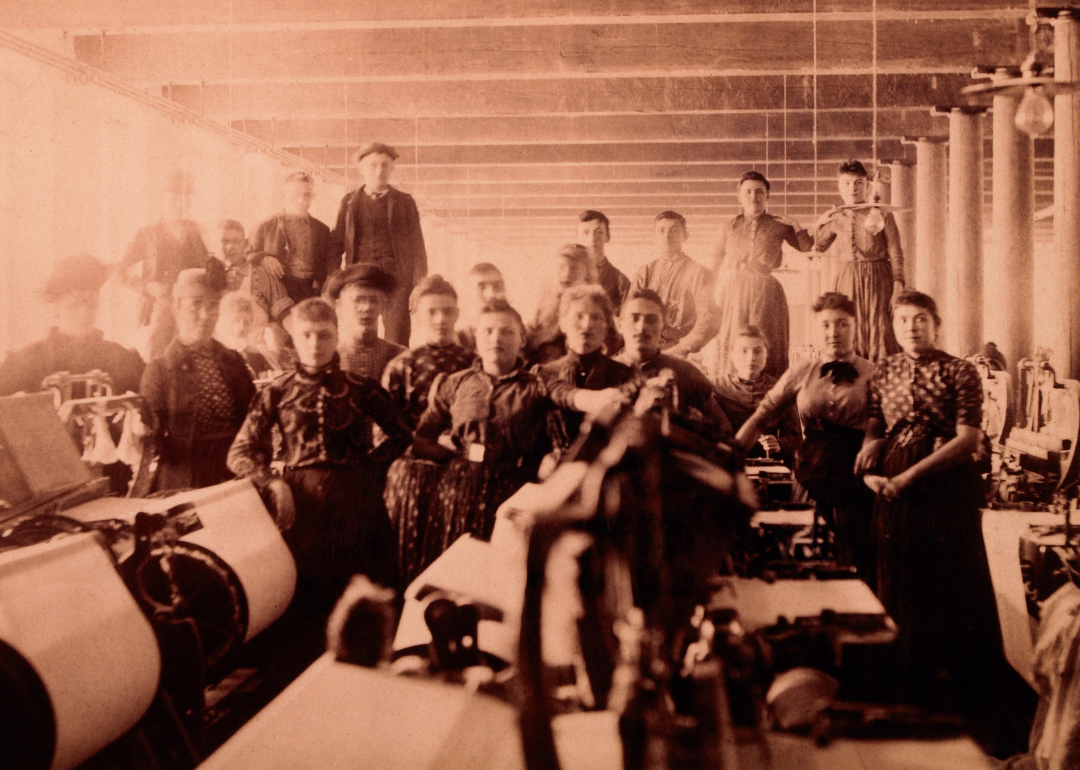
23 / 23Universal History Archive/Universal Images Group via Getty Images
#1. Wilmington, New Hanover County
– Total population: 13,446 (#116 nationwide)
— Male population: 6,146
— Female population: 7,300
— Child population, ages 5-18: 3,559








